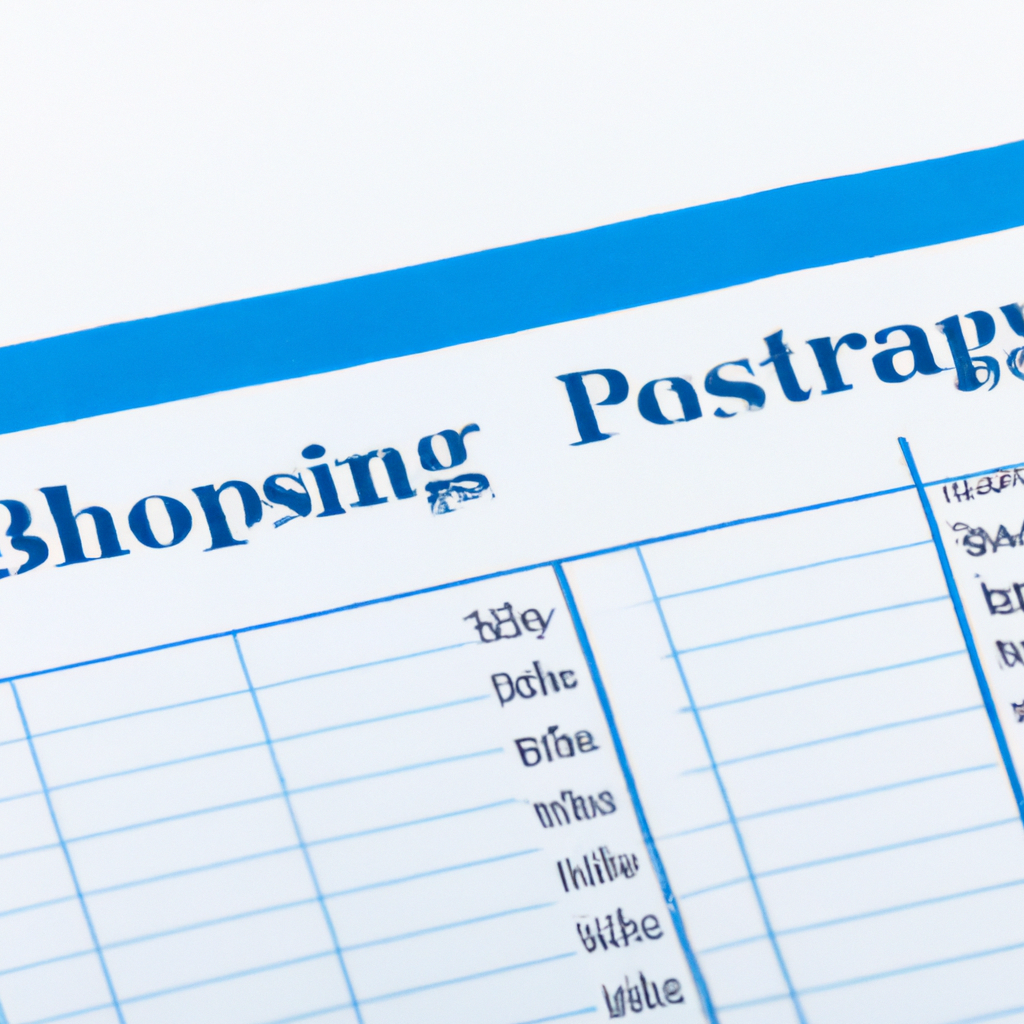Backtesting with Historical Data: A Powerful Tool for Traders
Introduction
Backtesting is a crucial component of successful trading strategies. It involves assessing the viability and profitability of a trading strategy by applying it to historical market data. By simulating trades and analyzing the results, traders can gain valuable insights into the potential performance of their strategies.
Why Backtesting Matters
Backtesting provides traders with several important benefits:
- Evaluation of Strategy Performance: Backtesting allows traders to assess how their strategies would have performed in the past. By testing different scenarios and market conditions, traders can identify strengths and weaknesses in their strategies.
- Improvement of Trading Systems: Backtesting enables traders to refine and optimize their trading systems. By analyzing historical data, traders can identify patterns and make necessary adjustments to improve the profitability of their strategies.
- Risk Management: Backtesting helps traders understand the potential risks associated with their strategies. By simulating trades and analyzing historical data, traders can assess the maximum drawdowns and potential losses they may face.
The Process of Backtesting
Backtesting typically involves the following steps:
- Data Collection: Traders need to gather historical market data for the desired time period. This data should include price charts, trading volumes, and other relevant indicators.
- Defining Trading Rules: Traders must clearly define their trading rules and parameters. This includes entry and exit criteria, stop-loss and take-profit levels, and any other relevant conditions.
- Setting Up the Backtesting Platform: Traders need to choose a suitable backtesting platform or software. Popular options include MetaTrader, TradeStation, and Amibroker. The platform should allow traders to import historical data and execute trades based on predefined rules.
- Running the Backtest: Traders execute their trading strategy on the historical data using the chosen platform. The platform will simulate trades, track performance, and generate reports.
- Analysis of Results: Traders analyze the backtest results to evaluate the performance of their strategy. This includes assessing profitability, risk metrics, and other relevant statistics.
- Refinement and Optimization: Based on the analysis, traders can refine and optimize their strategies. This may involve tweaking parameters, adding filters, or modifying entry/exit rules.
Considerations and Limitations
While backtesting is a powerful tool, it is important to consider its limitations:
- Assumption of Historical Similarity: Backtesting assumes that historical market conditions will repeat in the future. However, market dynamics can change, rendering certain strategies ineffective.
- Overfitting: Traders should be cautious of overfitting their strategies to historical data. Over-optimization can lead to strategies that perform well in the past but fail in real-time trading.
- Execution and Slippage: Backtesting platforms may not accurately simulate real-time execution and slippage. Traders should consider these factors when interpreting backtest results.
Conclusion
Backtesting with historical data is an essential tool for traders seeking to develop and refine their trading strategies. By simulating trades and analyzing past performance, traders can gain valuable insights into the potential profitability and risks associated with their strategies. However, it is important to recognize the limitations of backtesting and use it as part of a comprehensive trading approach.
